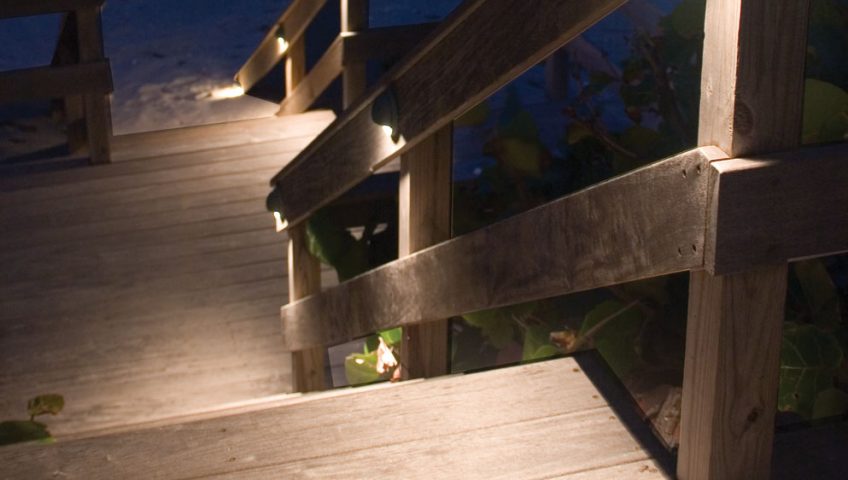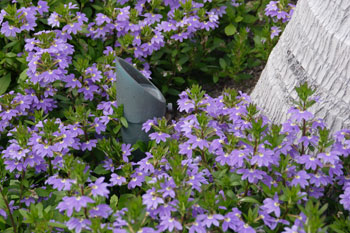
Sea Turtle Protection – The CAST Lighting Approach
(Originally posted on www.cast-lighting.com)
Addressing the Unique Lighting needs of Beachfront Properties near Turtle Habitats
All species of sea turtles are recognized as either endangered or threatened. One of the threats to these amphibians is artificial lighting in beachfront areas. When hatchlings emerge from their nests they may be attracted to lights and fail to seek safety in the water.
For this reason, regions such as Florida and the Caribbean enforce restrictions on lighting in beachfront properties. These restrictions are set by municipalities and are based primarily on two documents - The Model Lighting Ordinance for Marine Turtle Protection and the Florida Wildlife Lighting Criteria.
Details about these documents and their provisions, as well as specific guidance in using CAST Lighting fixtures to meet them, are contained in a white paper. (Click Here!)
